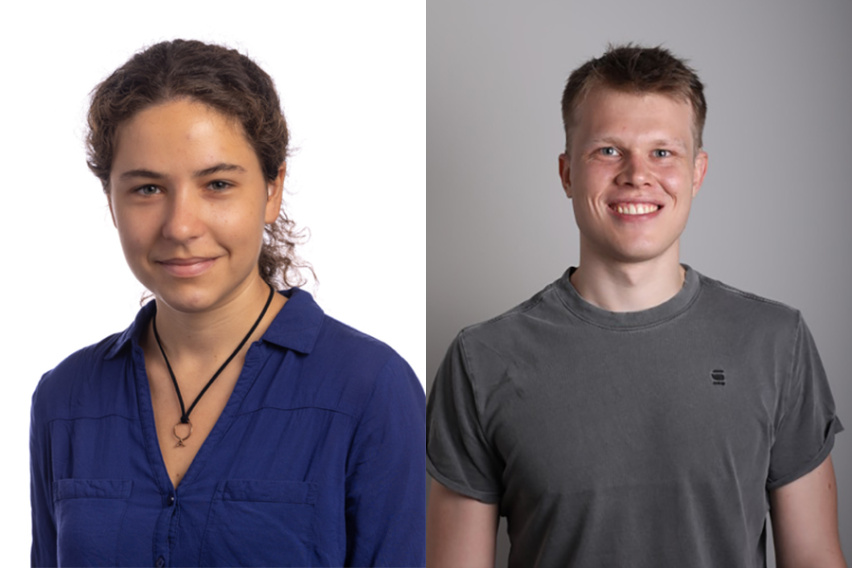Whitehead Institute
October 28, 2016
The Koch Institute shares its sorrow with the MIT and scientific communities over the news that Susan Lindquist, Ph.D., Member and former Director of the Whitehead Institute, and extramural KI faculty member has passed away at age 67 from cancer. Susan was well-known as a trailblazer in the study of protein folding; her research has had profound influences in fields as wide-ranging as human disease, evolution, and nanotechnology.
Our admiration for Susan goes beyond her visionary groundbreaking research. Susan was a tireless advocate for women in STEM fields, and her inspirational career is one that will be lauded for years to come. Her tenacious, vibrant, and innovative spirit was contagious, and we are incredibly fortunate to have had her as a foundational part of the KI community.
Susan was a towering figure in biomedical science, a bold and creative scientist, a wonderful mentor, a role model for women in science, and a friend,” said KI Director Tyler Jacks. "Sue will be missed greatly in our community and well beyond. Our hearts and thoughts go out to her family and to the members of her laboratory, present and past.”
Read more about Susan's life and legacy via the Whitehead Institute, The Boston Globe, The New York Times, and Cell Press.
